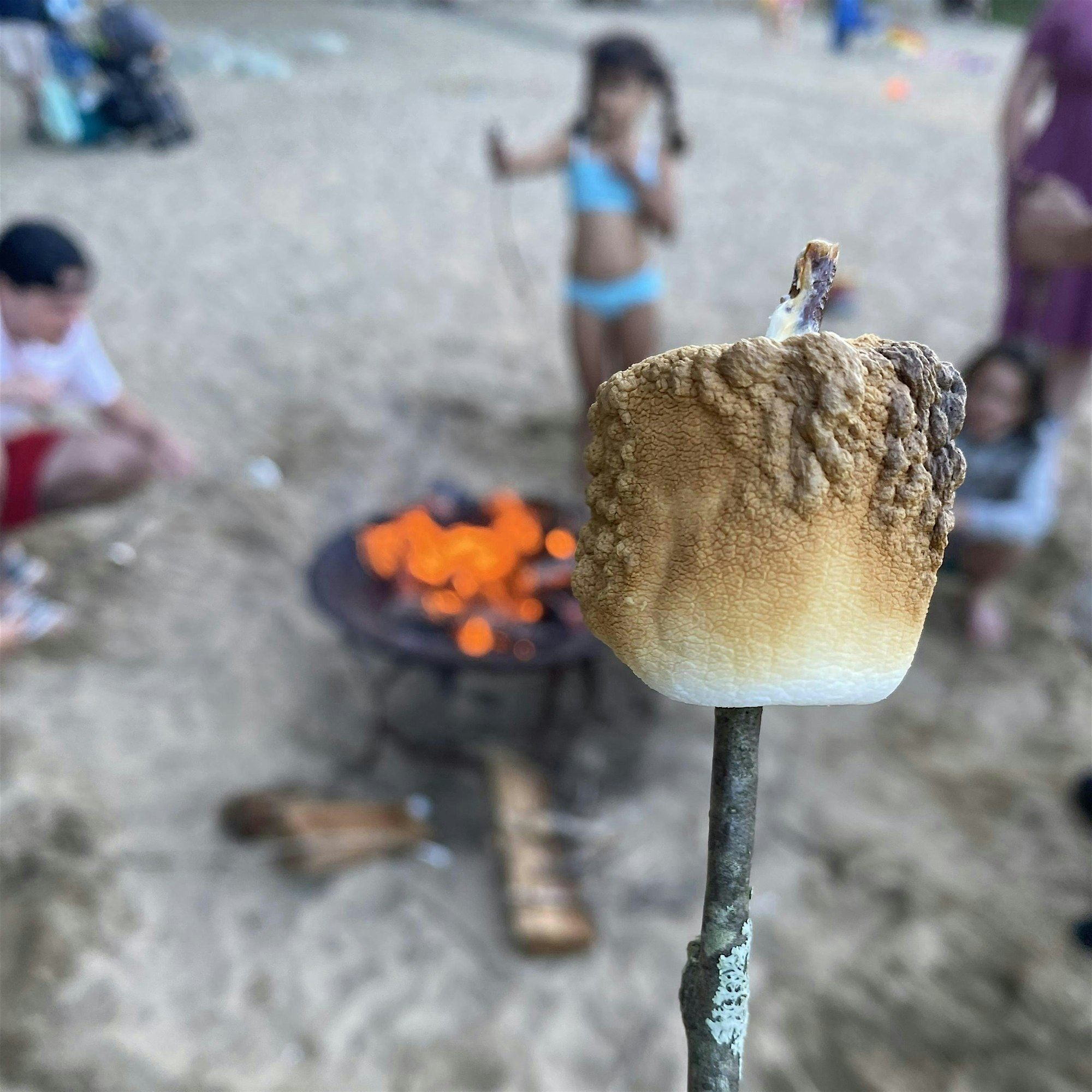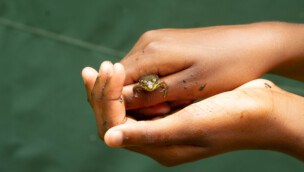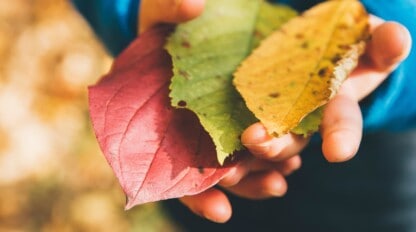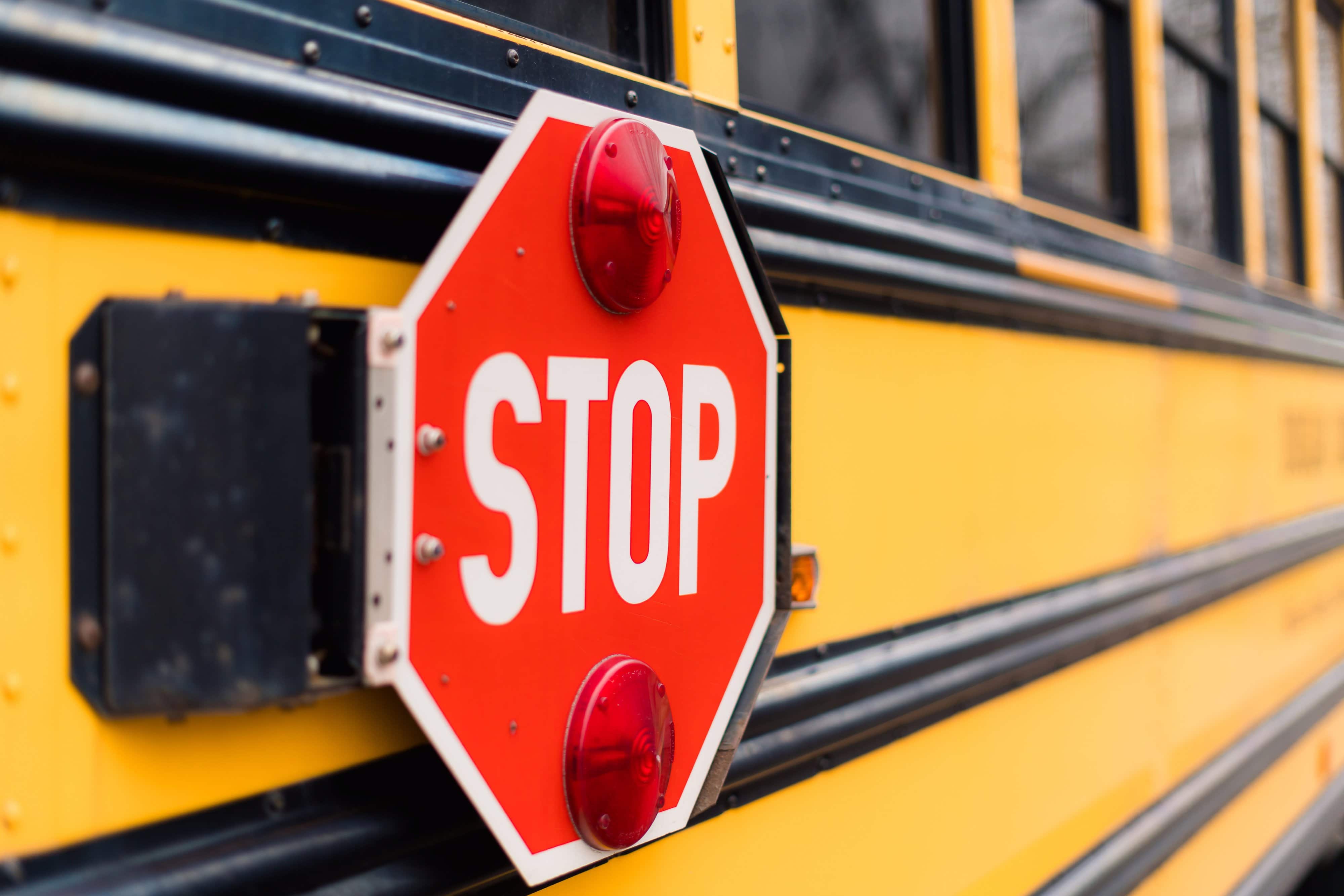Activity: Recycled Terrarium
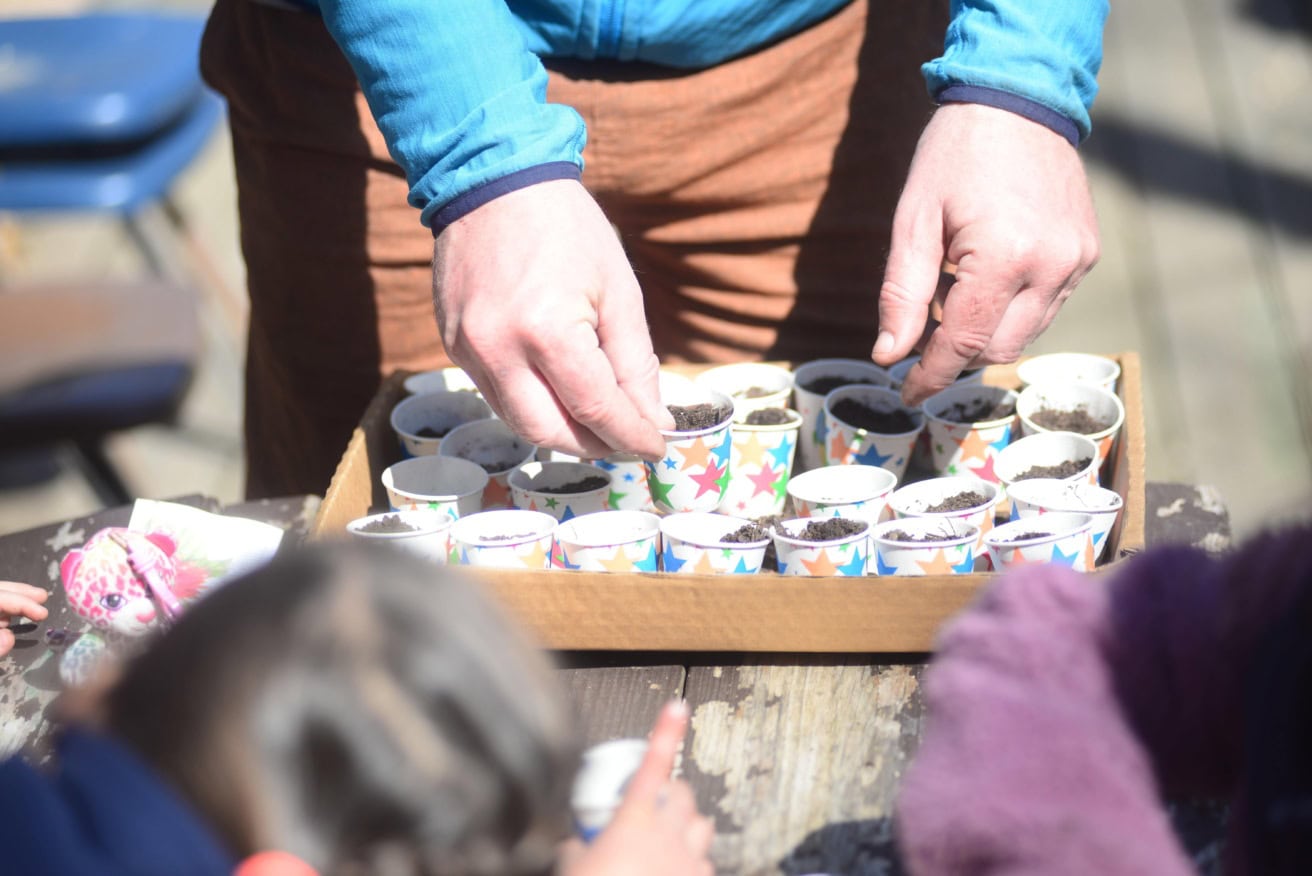
Activity
Recycled Terrarium
Even if you don’t have a green thumb, you can grow plants with a homemade terrarium. You only need a 2-liter bottle, some dirt, and seeds or a small plant to make a fun, easy-to-maintain biology experience. Here’s how to make a homemade soda bottle terrarium.
Supplies
- Empty 2-Liter Bottle
- Scissors or Knife
- Soil
- Small Rocks/Pebbles
- Water
- Seeds
- Fertilizer (Optional)
- Activated Charcoal (Optional)
- Moss (Optional)
- Sand (Optional)
- Nature Stickers (Optional)
Fertilizer will help seeds grow faster. Seeing plants grow quickly can maintain student interest.
Instructions
- Take your empty 2-liter bottle and ensure it is clean. Lay the bottle on its side. Cut a window flap in the bottle; leave it connected at the top. Make the window large enough to put your hands in to fill it. Consider using sandpaper to reduce the sharpness of edges.
- Fill the bottom half of the bottle with layers of sand, pebbles, and small rocks. This provides drainage for your terrarium. It’s okay if you don’t have sand available, but some pebbles or rocks really help!
- Next, add a thin layer of activated charcoal if you have some. This reduces odor, which is helpful if you keep your terrarium indoors.
- Add a layer of potting soil. This should nearly reach the bottom of your bottle’s window.
- Add seeds or small plants to the soil. Add any plant fertilizer according to instructions, and then water your seeds or plants.
- Fold the window flap back; you can tape it to hold it in place. This traps moisture to help the plant grow. You will need to add water periodically though, because it is not entirely sealed.
- Decorate the bottle as desired.
- Place your terrarium in your yard or window to get light, then watch your plants grow!
Frequently Asked Questions
While terrariums do create more of a closed system that lets your plant have more water, you will still need to add water regularly. Maybe not as frequently as other plants, but you must still water these.
Try chia seeds, lima beans, or any other seed you have handy. You can also start larger plants and re-pot them as they get bigger.
Subscribe for Resources
If you liked this post, sign up to receive more activities, games, initiatives, and other teaching and facilitation resources. You’ll get our seasonal e-newsletter for educators, the Teambuilding & Experiential Learning Quarterly, as well as Hale’s monthly eNews.
Learn More! Sign up for Emails





